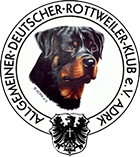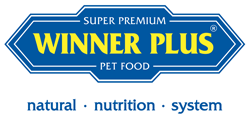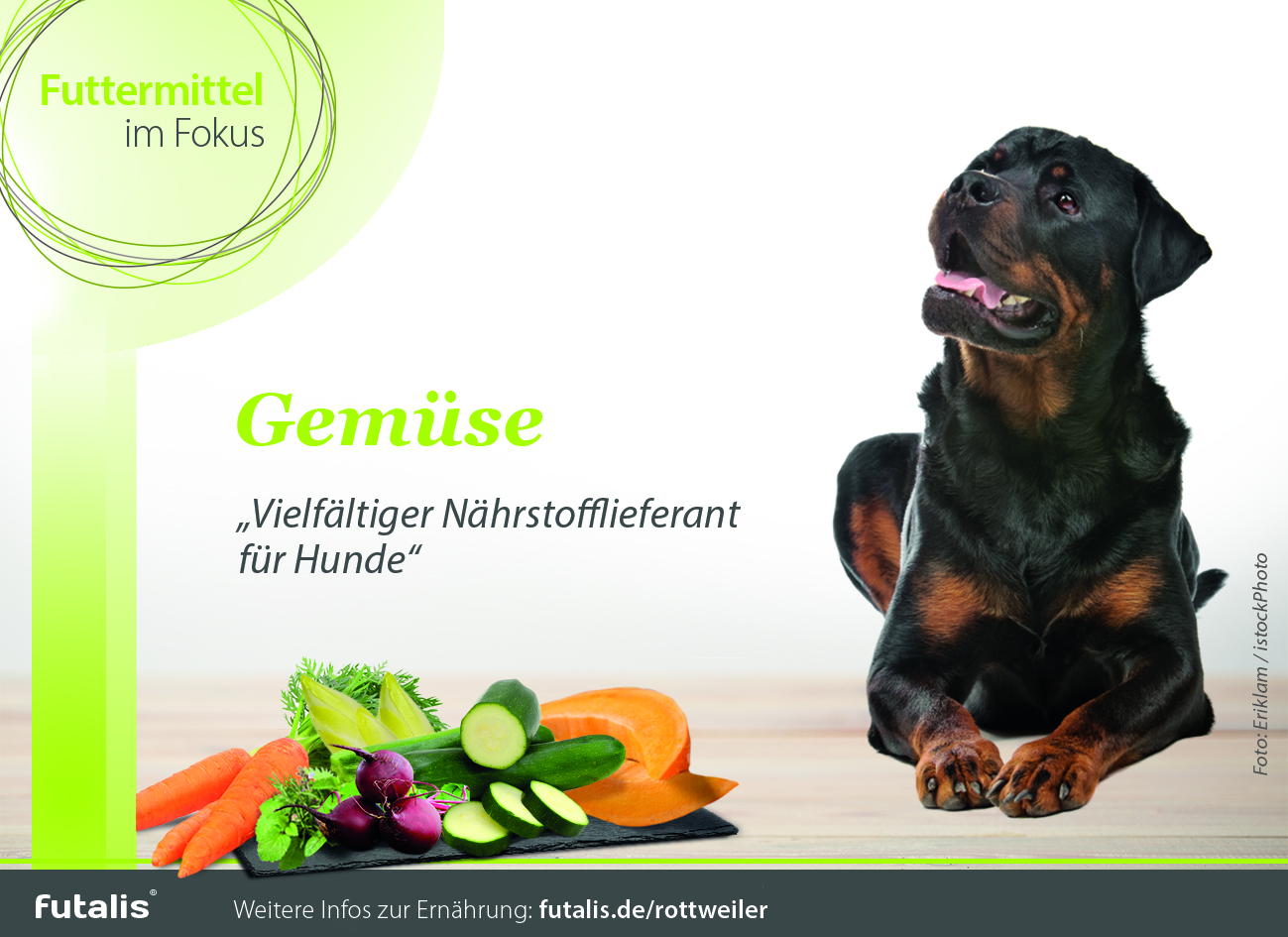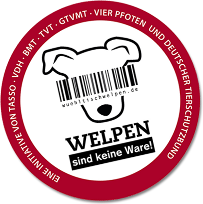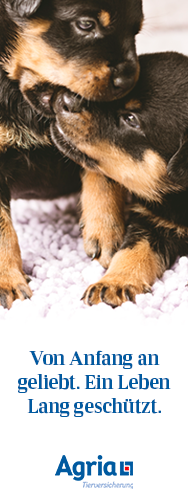| ADRK |
| Allgemeiner Deutscher Rottweiler-Klub e.V. |
Nutritients in focus: vegetables
A healthy food ration for dogs contains vegetables as well as meat. The nutritional and physiological benefits of vegetables are many and varied. In the following article you will learn interesting facts about the use of vegetables in dog nutrition.
What exactly are vegetables?
There is no uniform understanding of what exactly counts as a vegetable. There are different definitions, for example according to the way they grow, their taste or how they are usually prepared. In the botanical sense, vegetables are edible parts of annual plants, such as their roots or leaves. In common parlance - in contrast to fruit - non-sweet-tasting, edible parts of plants are often referred to as vegetables. As different as the classification of vegetables is, as different are the benefits of vegetables for dog nutrition.
Vegetables for intestinal health
Many vegetables contain high amounts of fiber, which is initially hardly digestible for the dog itself. Although the so-called soluble fibers cannot be digested by the dog, they act as prebiotics. This means that they can be used by the "good" intestinal bacteria. This protects the dog's healthy intestinal flora. Prebiotics include, for example, inulin, which is found in the chicory plant, or pectin, which is found in carrots. Prebiotics can be used prophylactically, but also support the dog's intestines in various diseases. But the second group, the insoluble fibers, also have many benefits for the dog: intestinal activity is stimulated and constipation is prevented.
A pleasant side effect for dogs with reduced energy requirements is that fiber in the food also increases the amount of food, despite the moderate energy content. Raw carrots, for example, are high in fiber and suitable for overweight dogs to nibble on in limited quantities. But again, everything should only be given in moderation - an excess of fiber in the food can lead to digestive problems.
Vegetables as a source of energy
Vegetables are often thought to be particularly low in energy. However, this is often not the case. In addition to water, vegetables also contain a large proportion of carbohydrates. These are used by the body as a source of energy. Potatoes or sweet potatoes, which are sometimes counted as vegetables, are a classic example of energy-rich vegetables when they are cooked. They are high in starch and low in fiber, making them ideal as a source of energy in the feed ration. But even when feeding cooked beets and legumes (peas or beans), the energy they contain should not be neglected, despite their higher fiber content. Therefore, these should not be fed in uncontrolled quantities to dogs with reduced energy requirements - for example, if they have a tendency to be overweight. For these dogs, low-energy vegetables such as water-rich cucumber are more suitable as a snack between meals.
Vitamin supply through vegetables
Dog owners like to feed their dogs vegetables to provide them with vitamins. Red fruits and green leaves are indeed good sources of vitamin A: Carrots, for example, contain carotenoids, which are converted to vitamin A in the dog's body. Beet, on the other hand, is not a significant source of vitamin A despite its color. In general, however, it can be said that vegetables in quantities that are tolerable for dogs cannot cover the dog's vitamin requirements. Unlike humans, dogs produce some vitamins such as vitamin C themselves. Essential vitamins that dogs cannot produce themselves, on the other hand, are more likely to be obtained from animal food.
Unsuitable vegetables in dog nutrition
Onions or garlic, which are often touted as a remedy for parasites, can cause anemia in dogs. Their use should therefore be severely limited or ideally avoided altogether. Finally, the parasite-inhibiting effect has not yet been proven in scientific studies. Legumes (peas, beans) must always be heated before feeding, as this is the only way to inactivate the toxic phasin they contain. The green parts of potatoes must not be fed due to the solanine content. As raw vegetables can generally cause digestive problems in dogs, they should only be fed in small quantities or boiled until soft before feeding. This is the only way to make the starch digestible for the dog. However, large quantities of flatulent vegetables such as pulses or cabbage should not be given, even when heated.
Creating a balanced diet for dogs
Some dog owners may wish to feed their dog a vegetarian or vegan diet. However, a purely vegan diet for dogs carries a high risk of nutritional deficiencies, such as a lack of essential amino acids. A vegan feed plan should therefore only be drawn up by a specialist, as careful supplementation is particularly important here. Vegetables, on the other hand, are an ideal addition to a healthy diet that also contains meat, eggs or dairy products.
The exact amount of vegetables a dog needs depends on its individual nutritional requirements and the types of vegetables used. It is difficult for the owner to intuitively allocate the right amount. For this reason, a professional ration calculation should be used as the basis for every fresh ration that you prepare yourself, taking into account influencing factors such as the dog's age, weight, breed-specific characteristics and any illnesses or deviations from the ideal weight.
